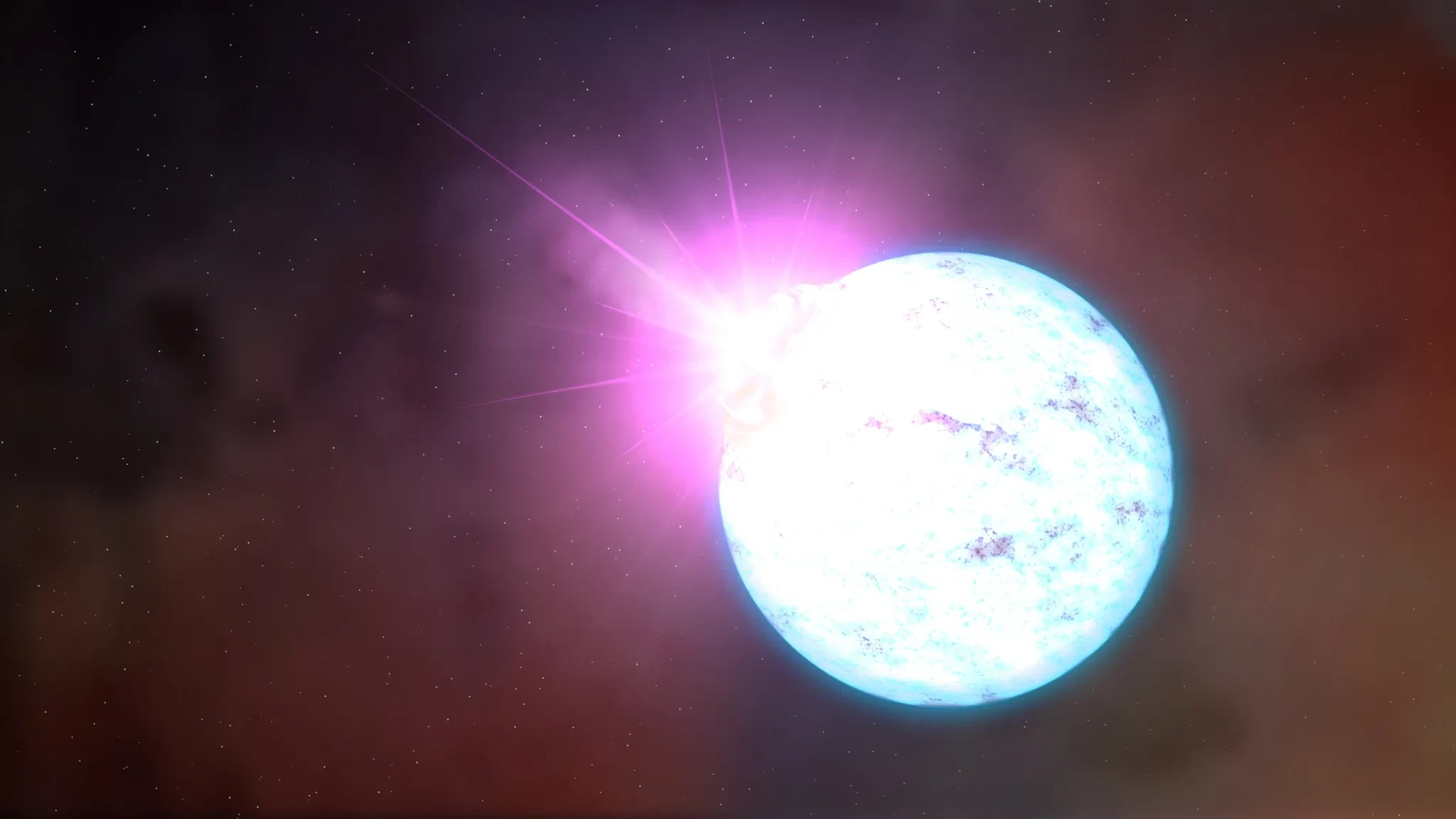Fraser Cain on Nostr: When stars with much more mass than the Sun run out of fuel in their cores, they ...
When stars with much more mass than the Sun run out of fuel in their cores, they collapse suddenly and then explode as supernovae. This leaves behind either a neutron star or a black hole, but astronomers have argued about where you draw the line between them. A new study has shown that the maximum mass of a non-rotating neutron star is 2.25 solar masses (+- 0.07). Above this point, known as the Oppenheimer limit, the neutron star will collapse into a black hole.
https://phys.org/news/2024-03-maximum-mass-rotating-neutron-star.html 
Published at
2024-03-11 21:10:04Event JSON
{
"id": "b6663cf8b1c65fcade0c6747289cc6bcfc0c0d6cf28323feaa1360e002b430c3",
"pubkey": "ac844e7de79ee4ba0cc0999efe9afb25cc9bd99ba0b5957cf0fd406fcabaf11a",
"created_at": 1710191404,
"kind": 1,
"tags": [
[
"proxy",
"https://m.universetoday.com/users/fraser/statuses/112079103871097244",
"activitypub"
]
],
"content": "When stars with much more mass than the Sun run out of fuel in their cores, they collapse suddenly and then explode as supernovae. This leaves behind either a neutron star or a black hole, but astronomers have argued about where you draw the line between them. A new study has shown that the maximum mass of a non-rotating neutron star is 2.25 solar masses (+- 0.07). Above this point, known as the Oppenheimer limit, the neutron star will collapse into a black hole.\n\nhttps://phys.org/news/2024-03-maximum-mass-rotating-neutron-star.html\n\nhttps://m.universetoday.com/system/media_attachments/files/112/079/103/862/333/277/original/546c357e97666982.webp",
"sig": "9dc0adf60851eea107d7f0ed5b49b6bc45edc6ee2ce57f61b2522e1b25582aead609300fa314af846eabf1ee3cf4c949fe3630e4d1292a04be93dedc73f149d7"
}

